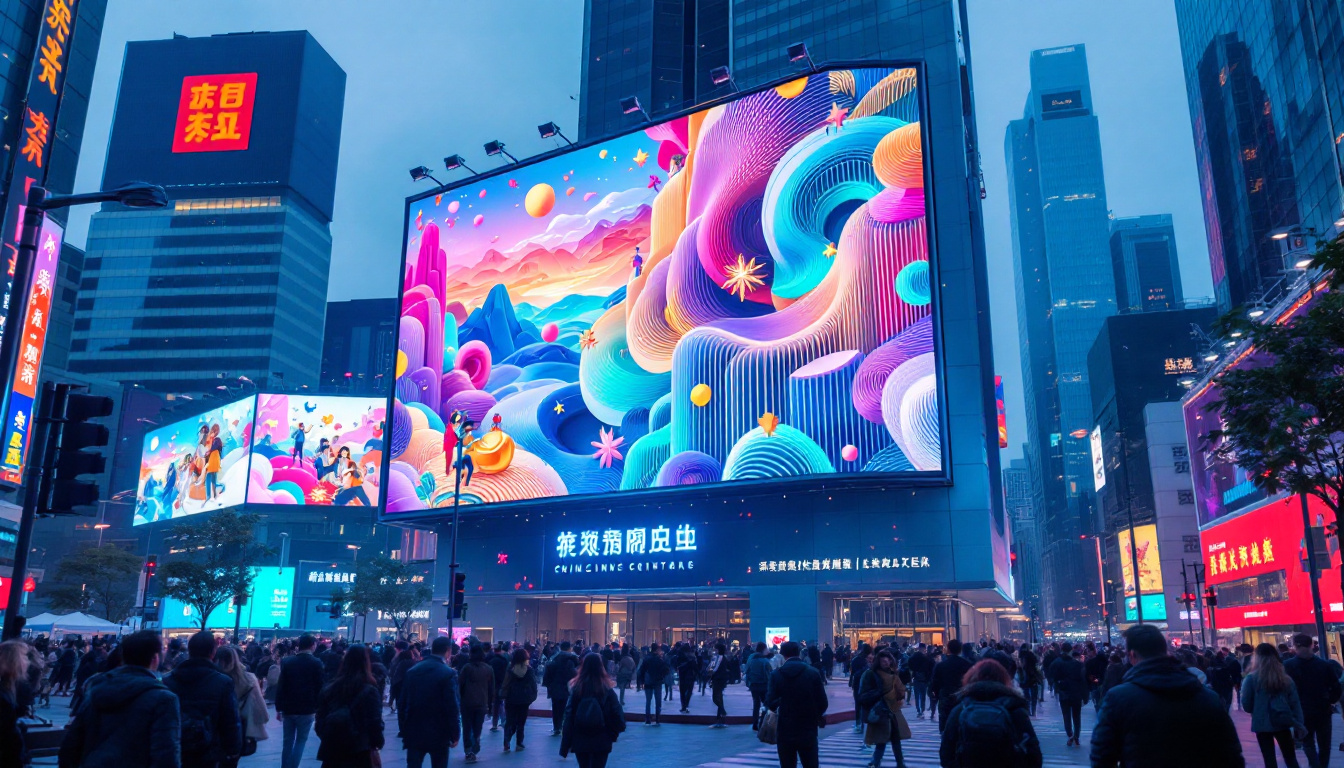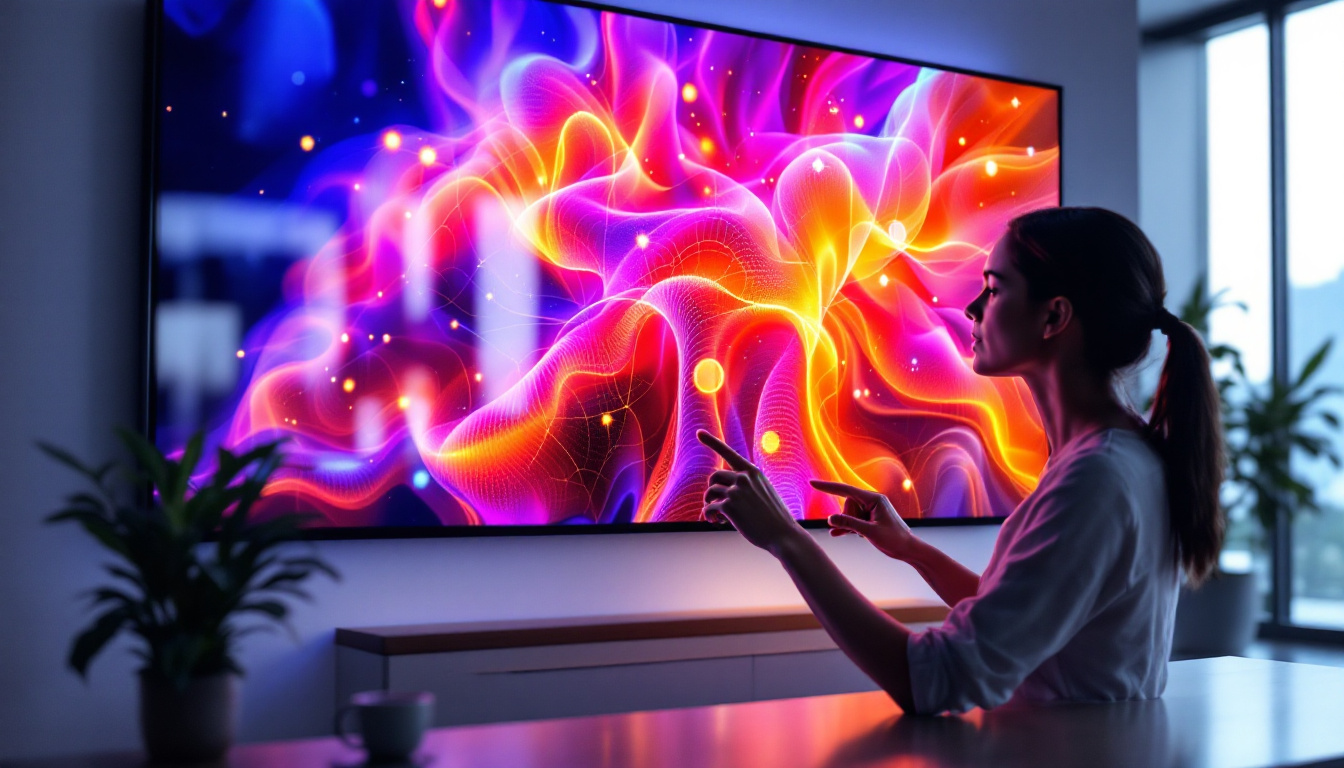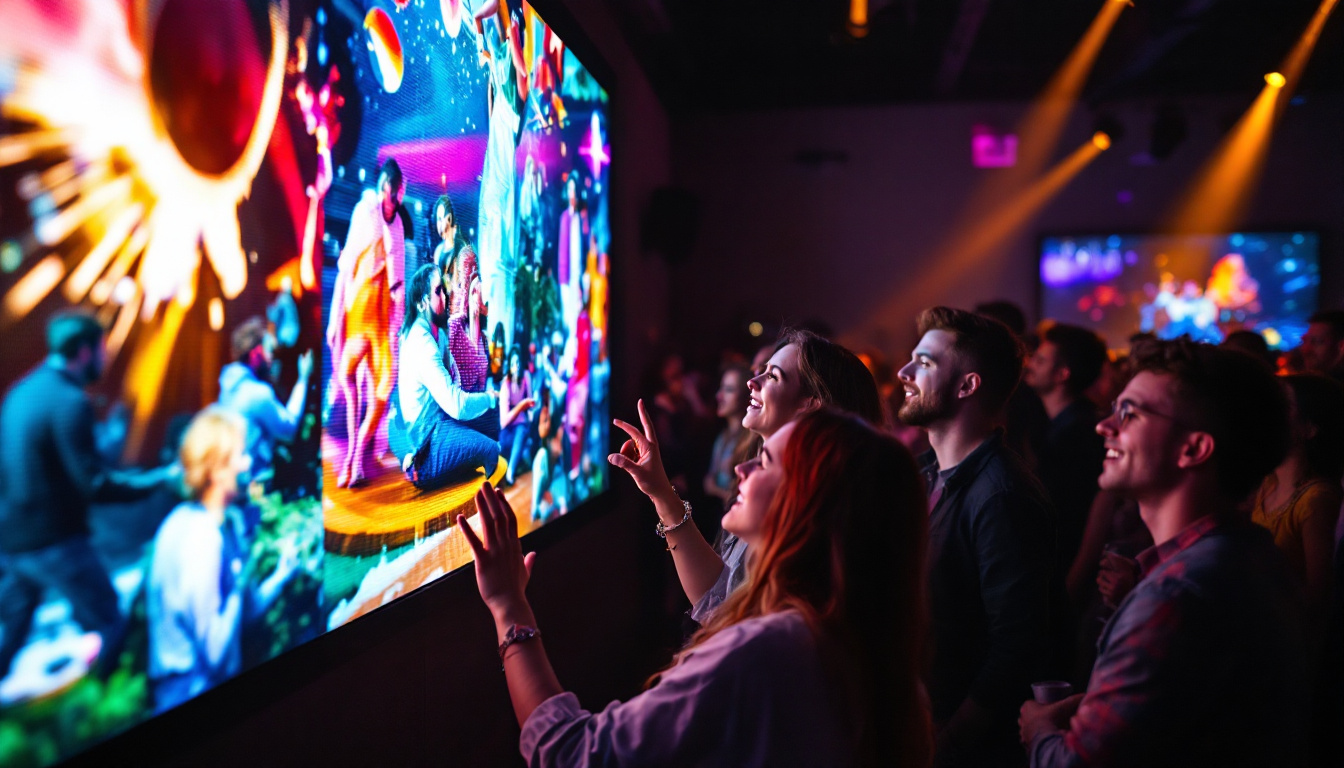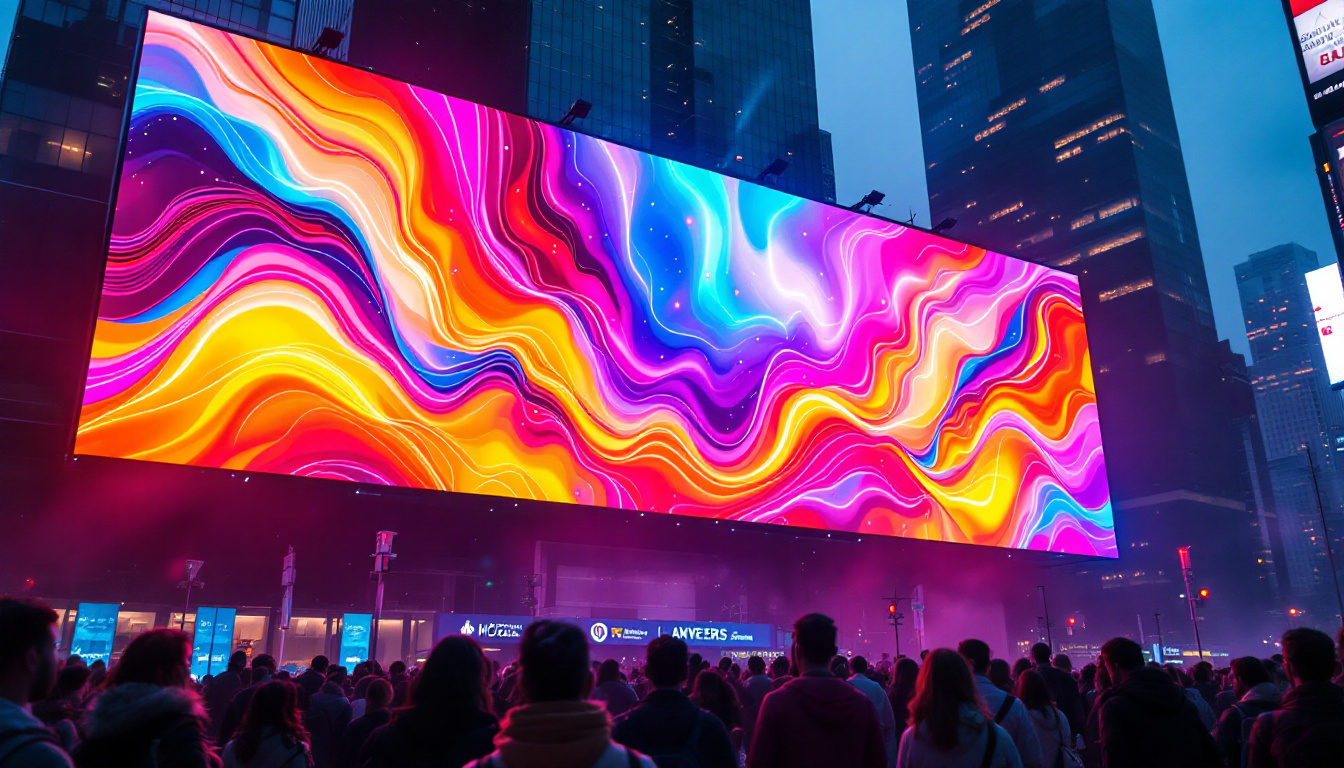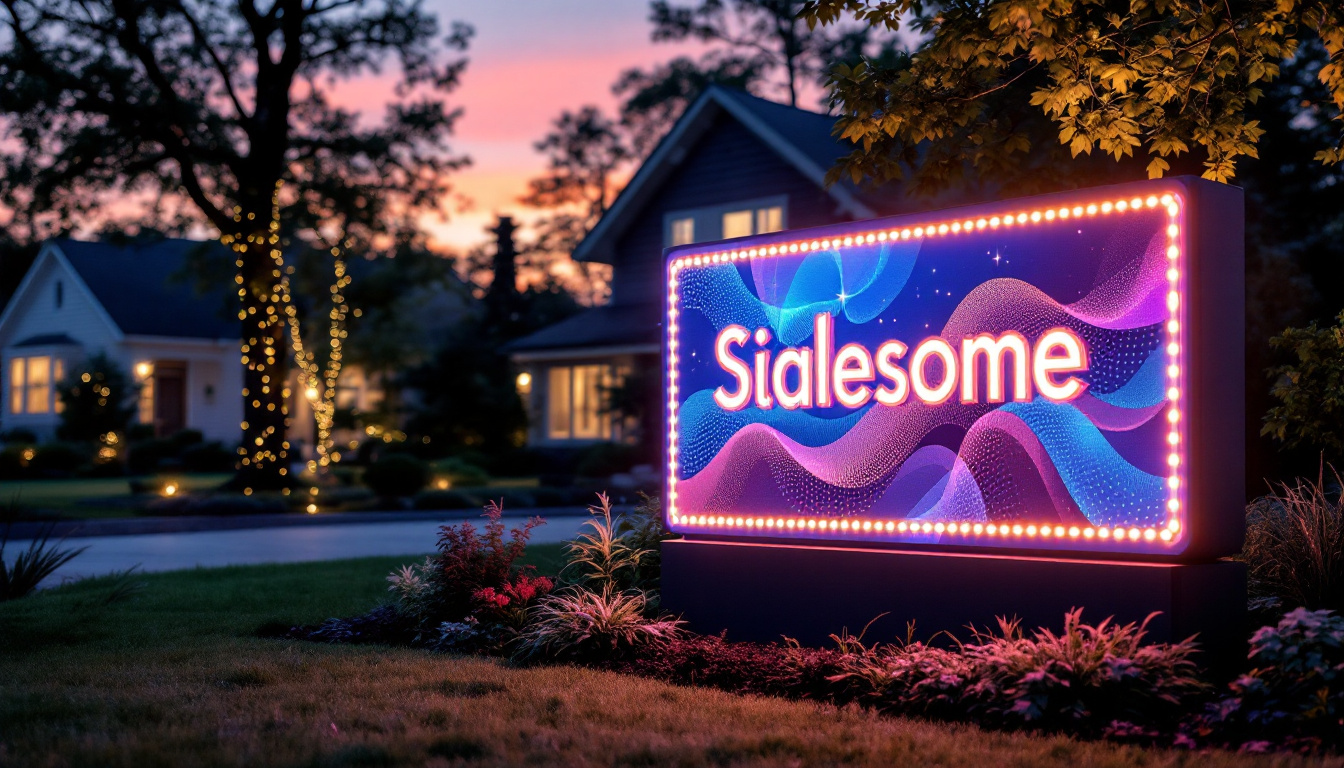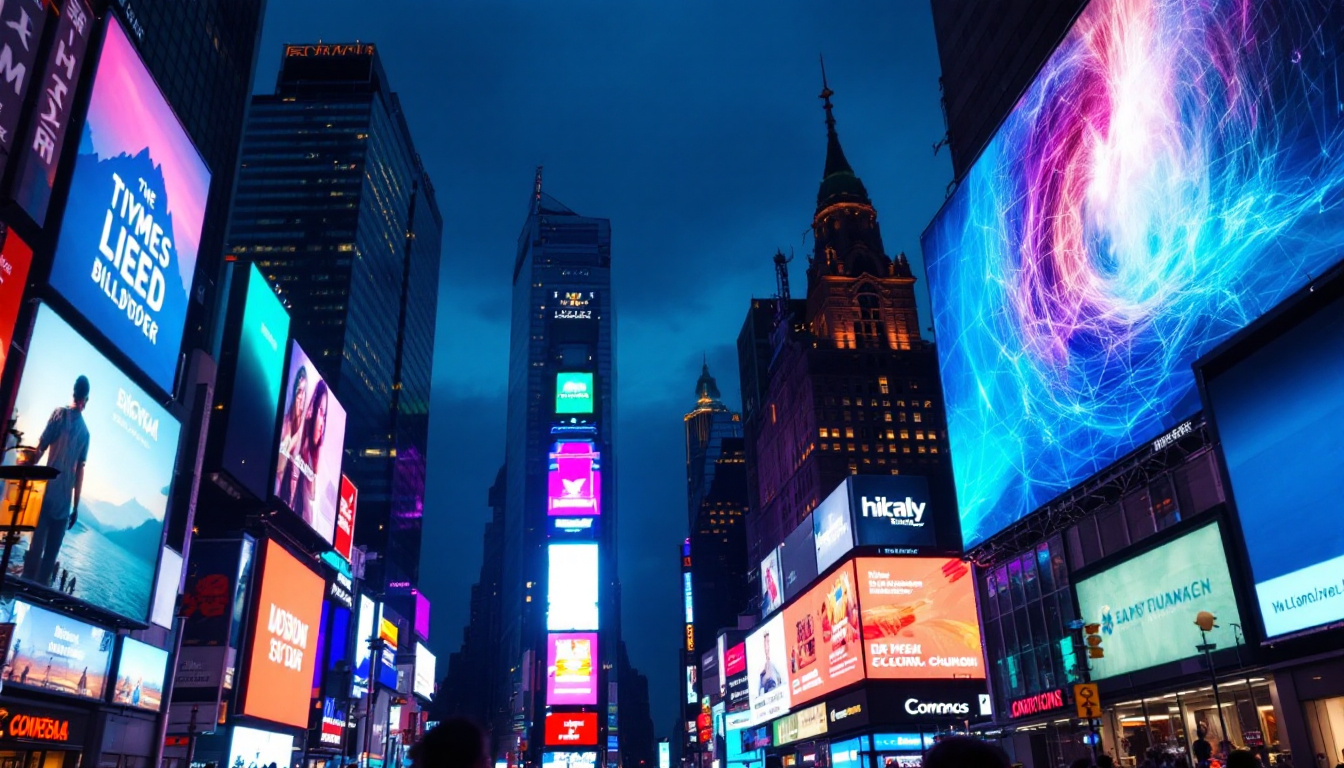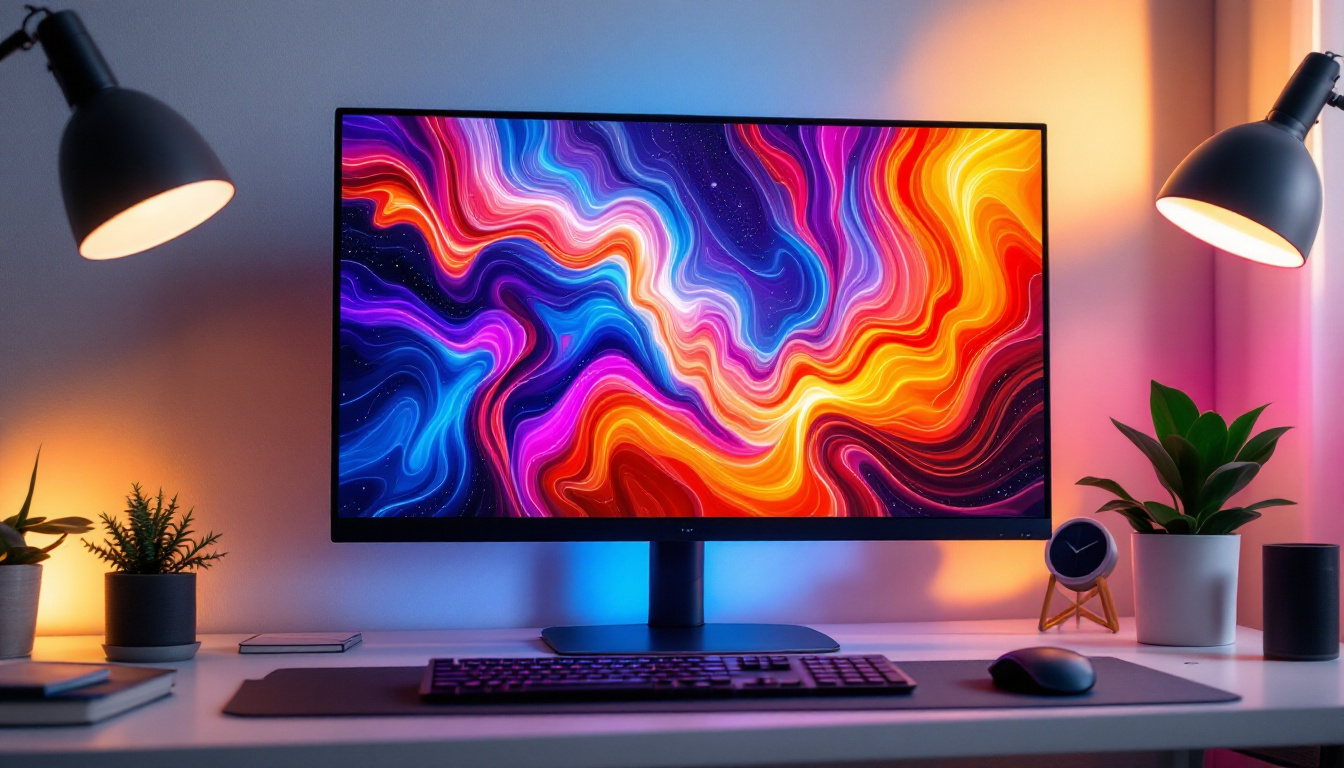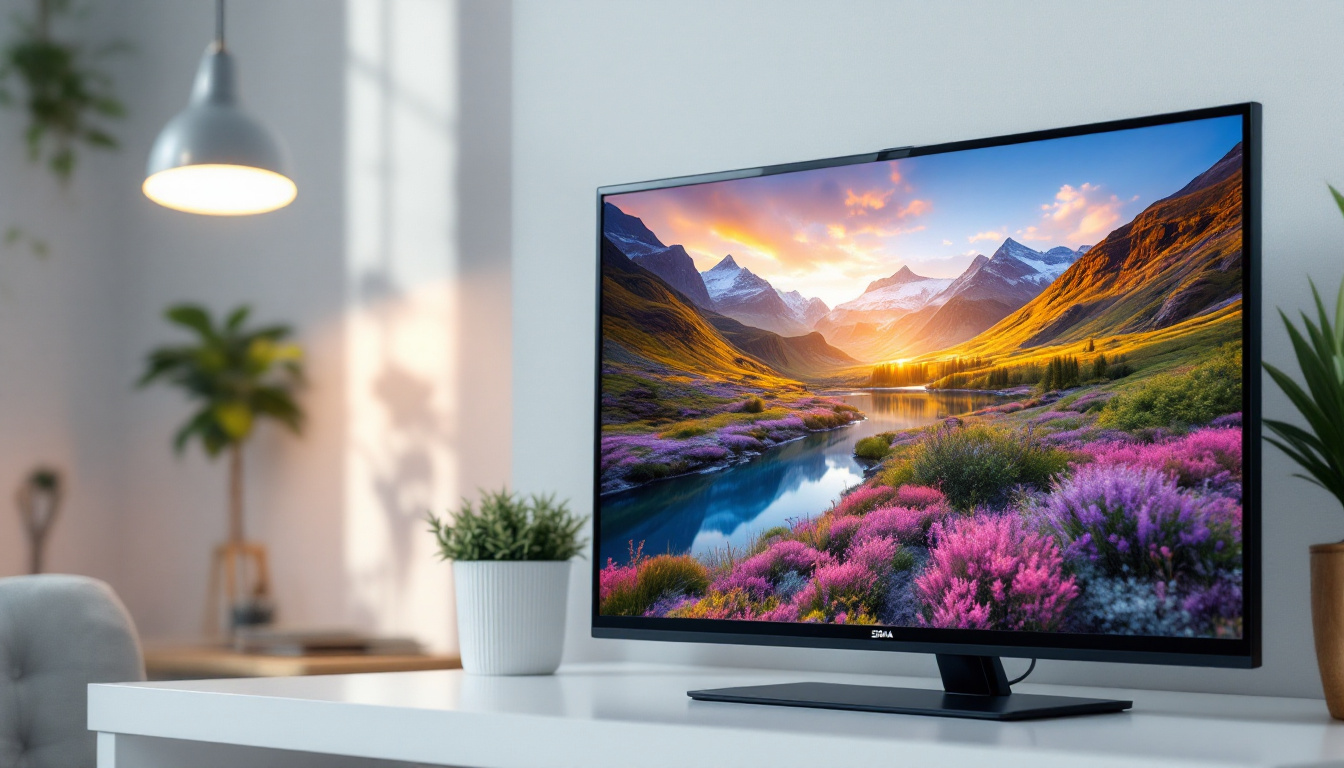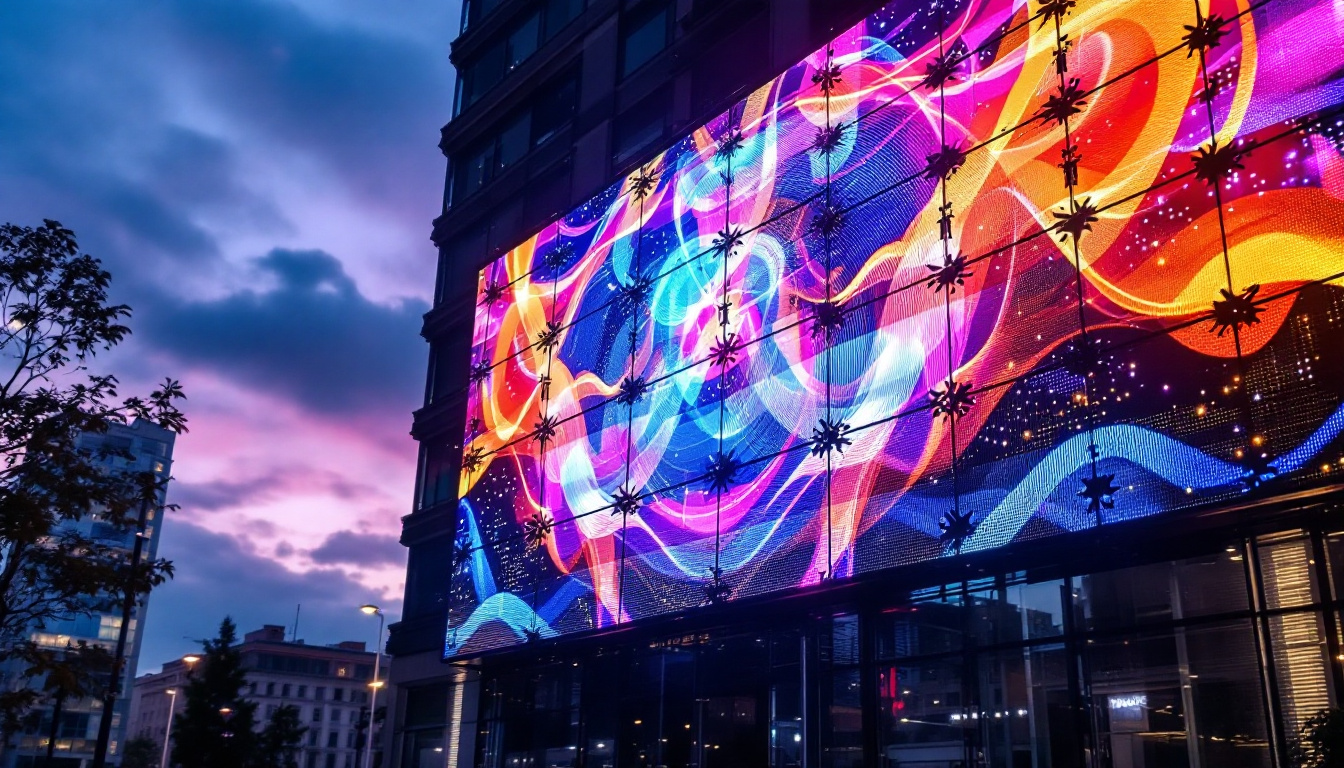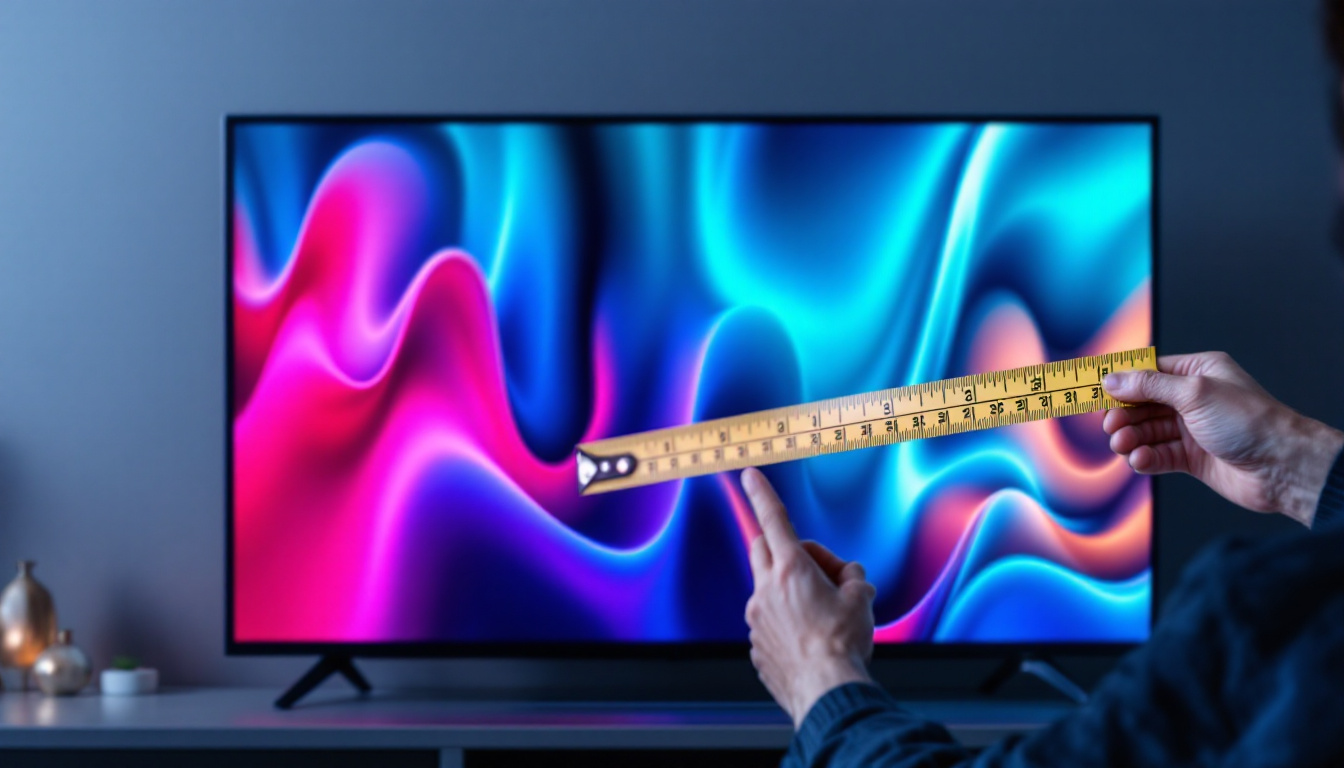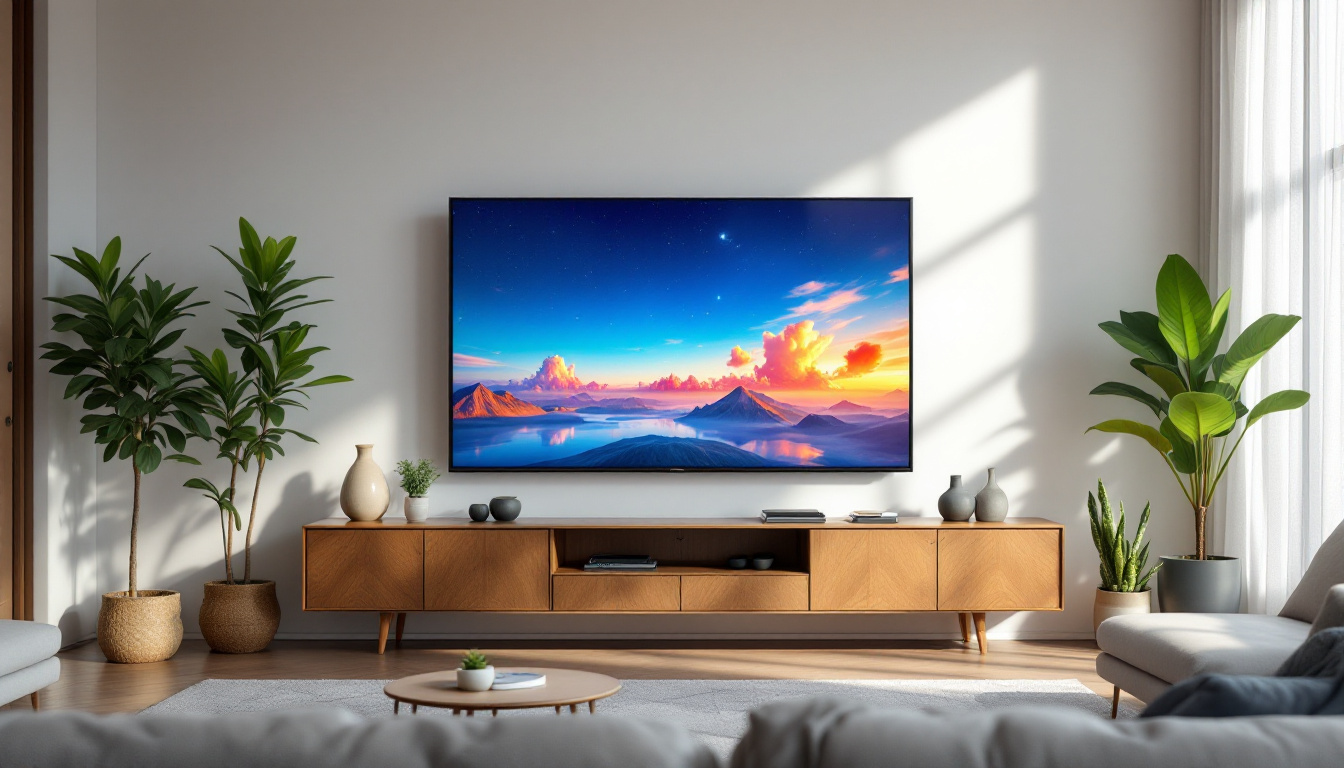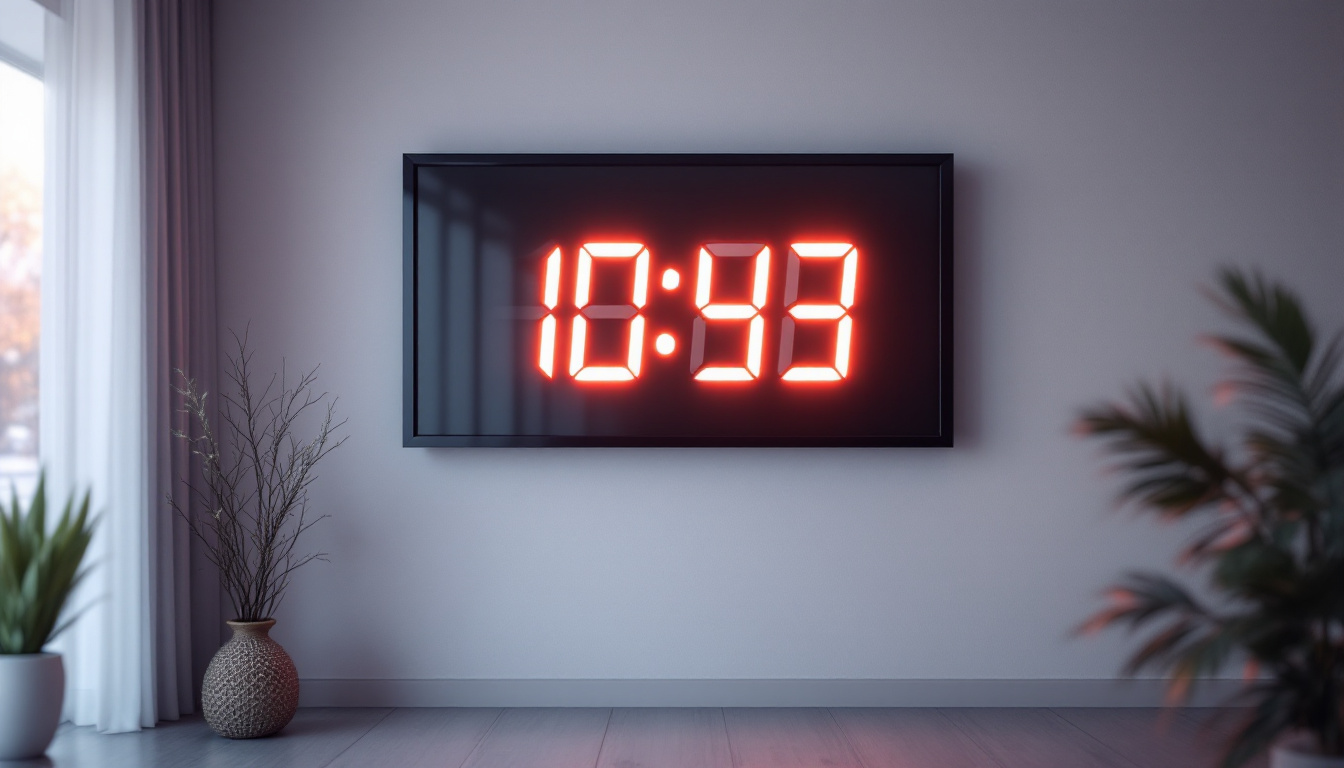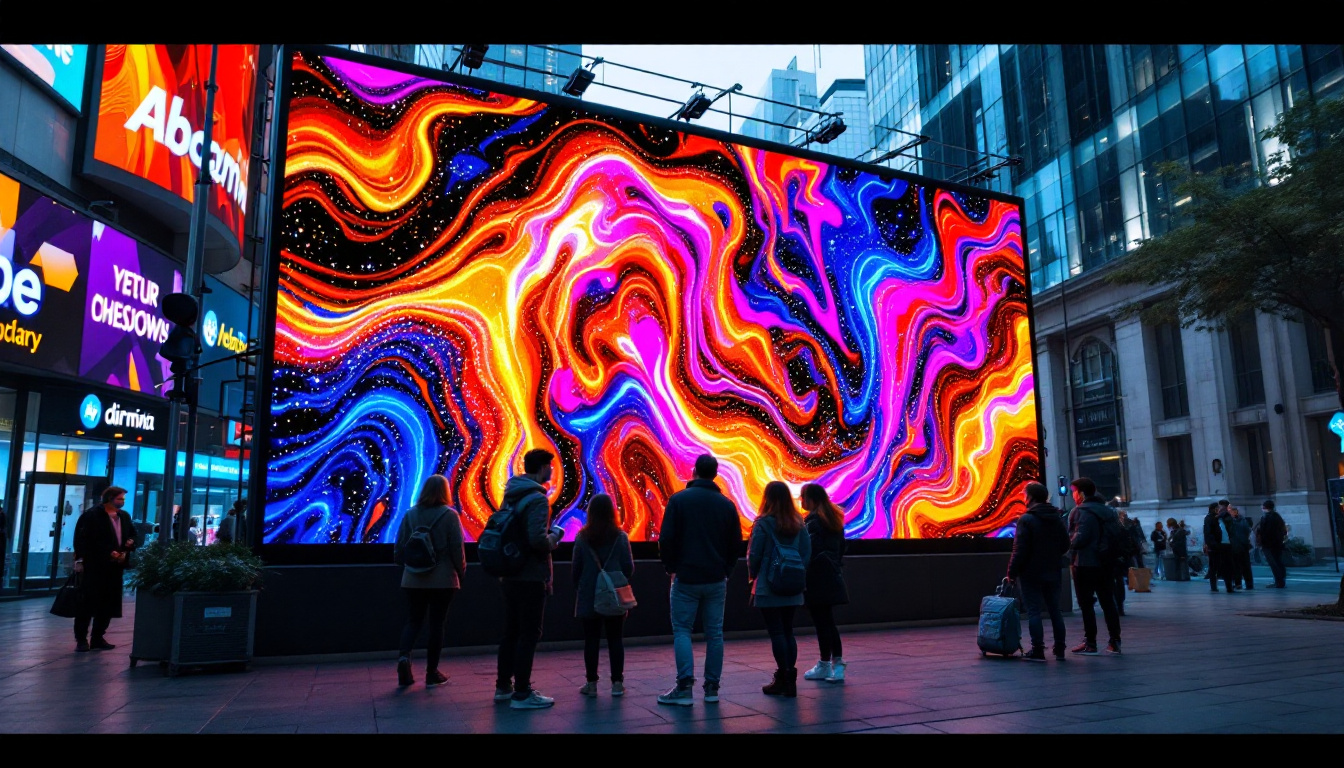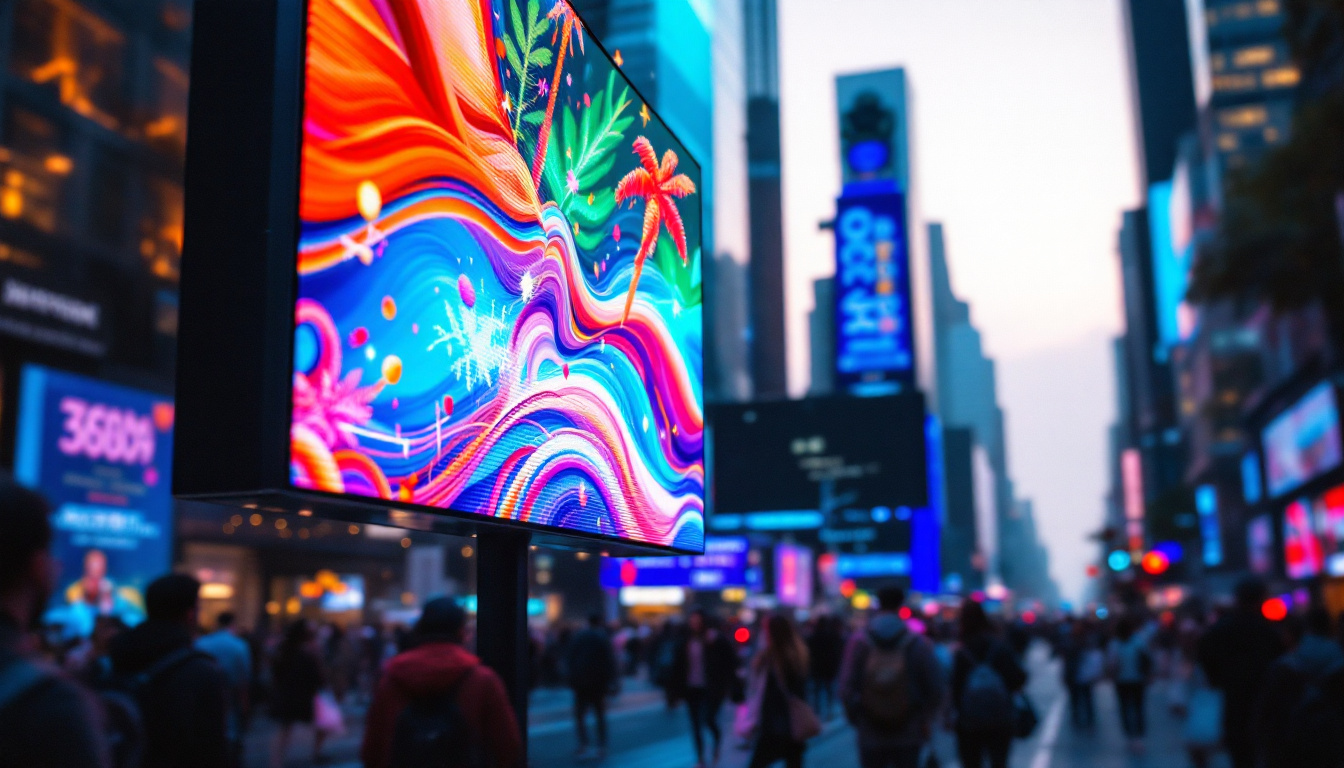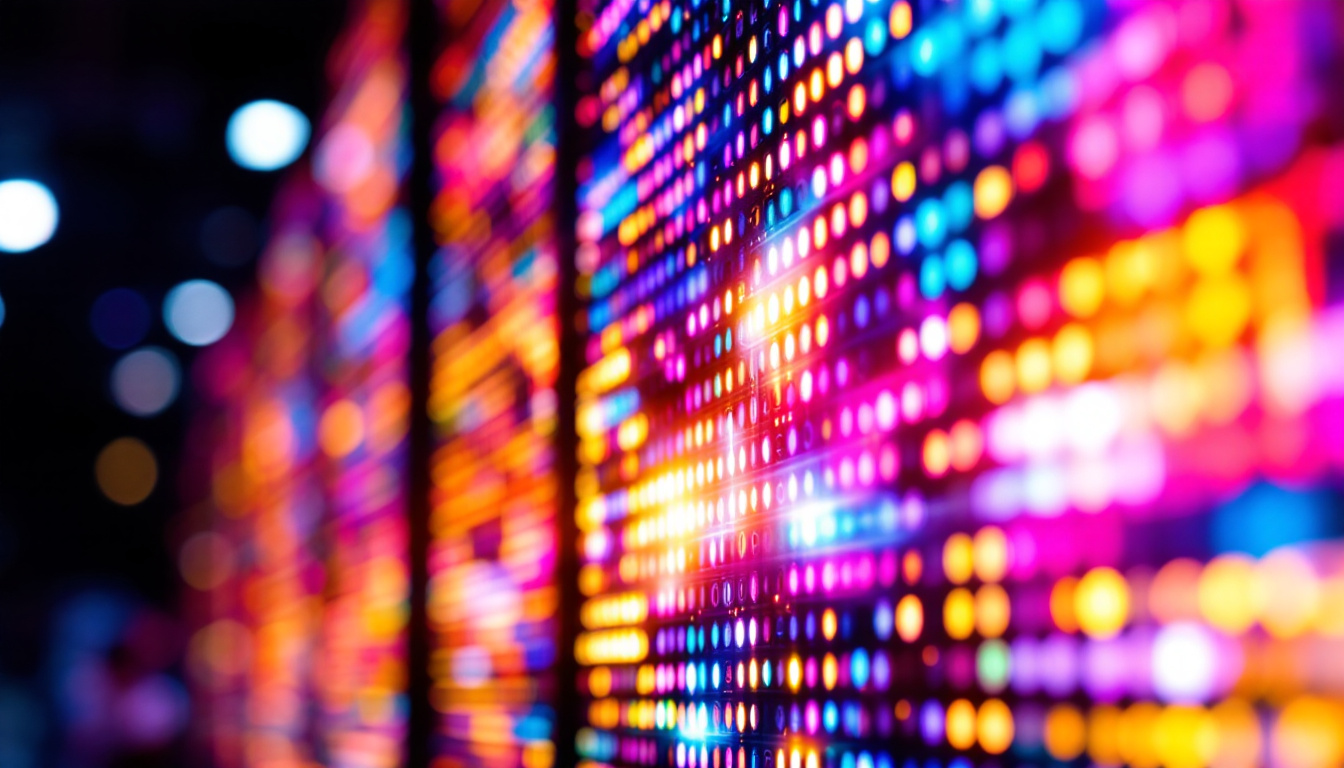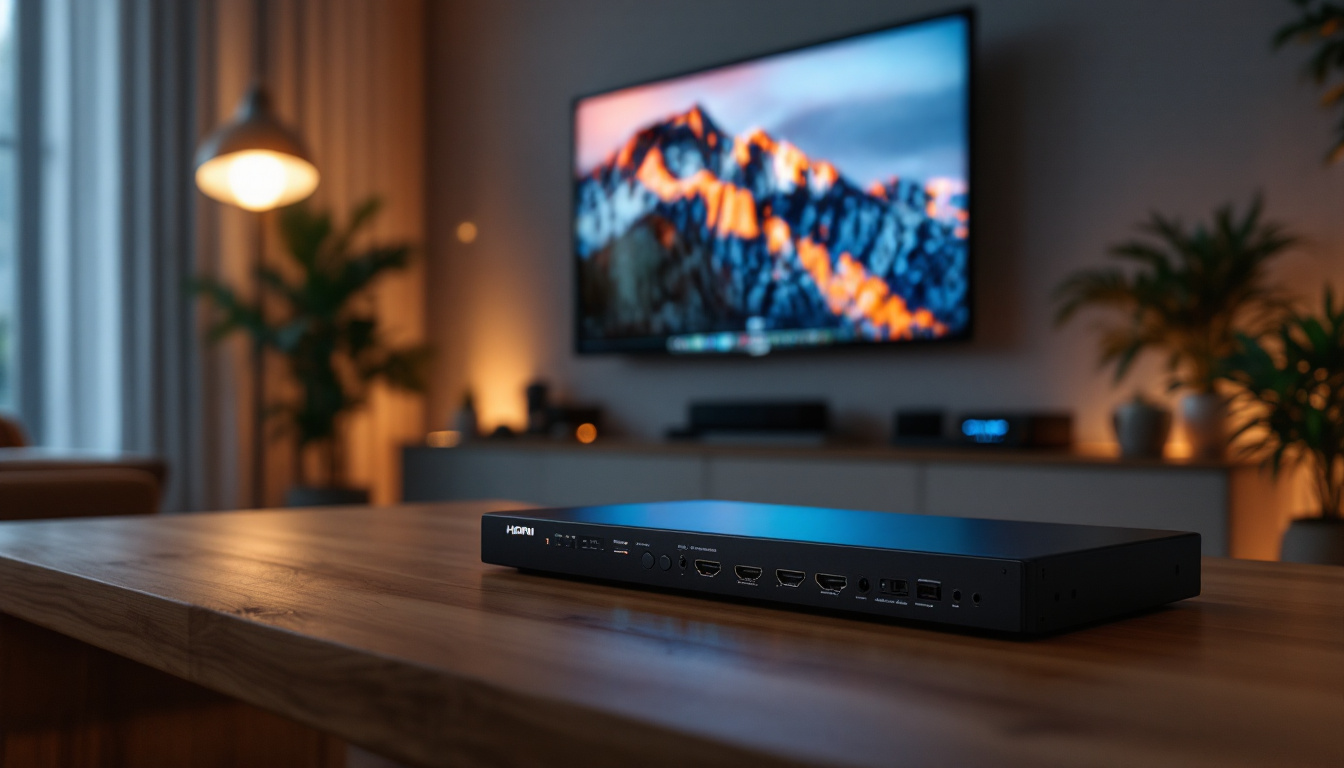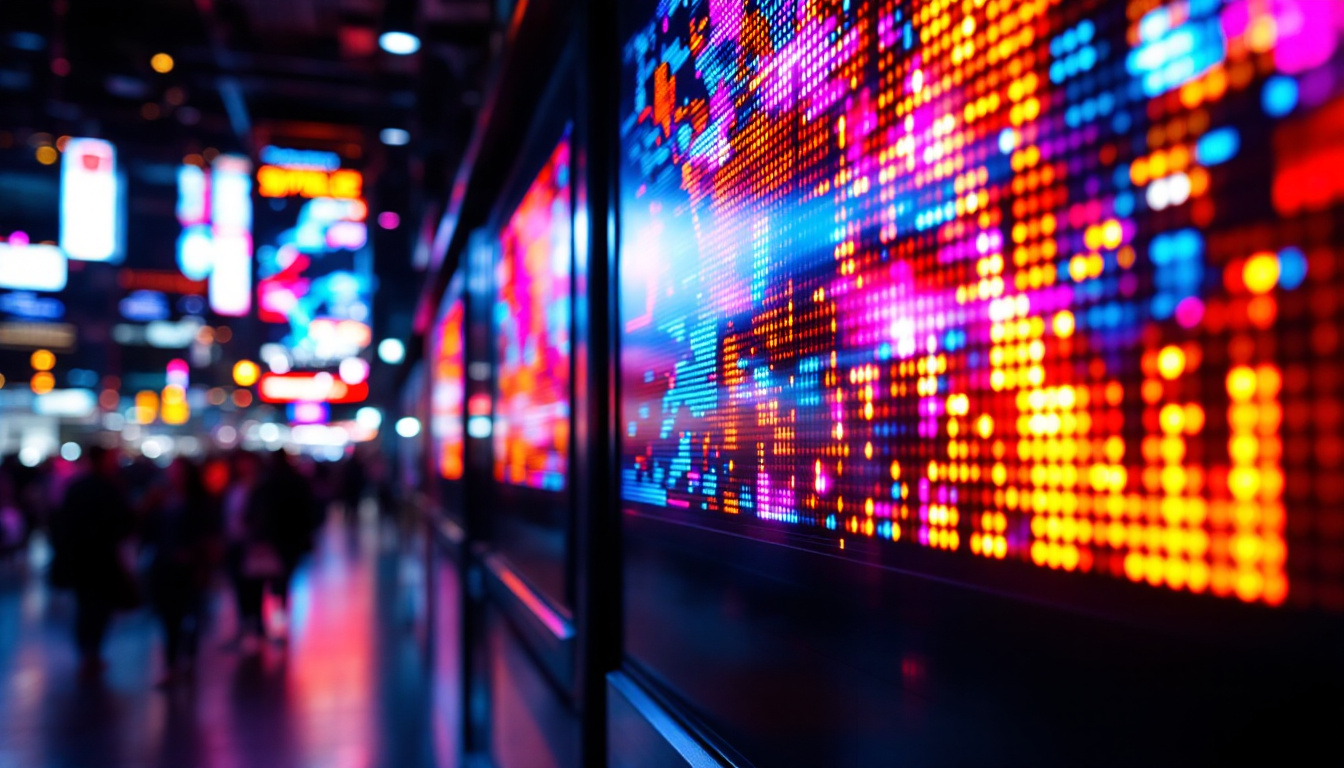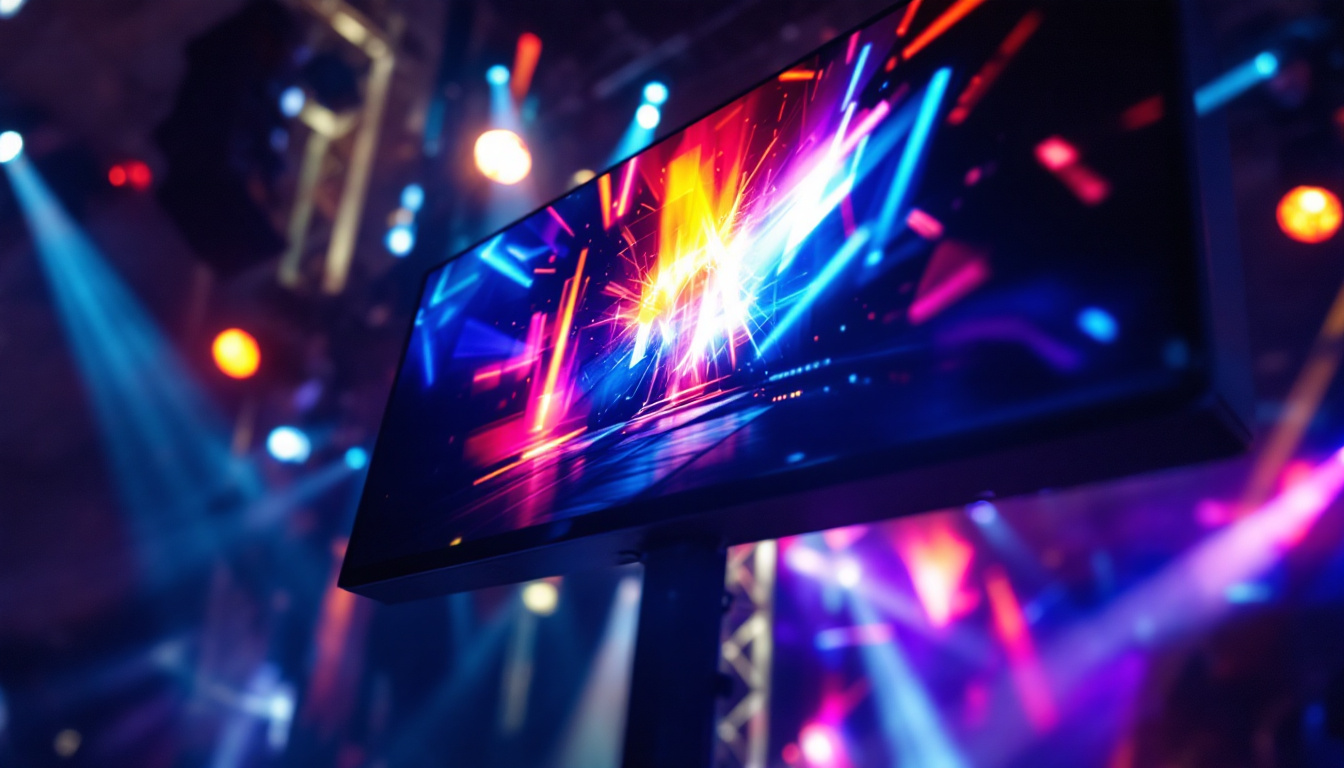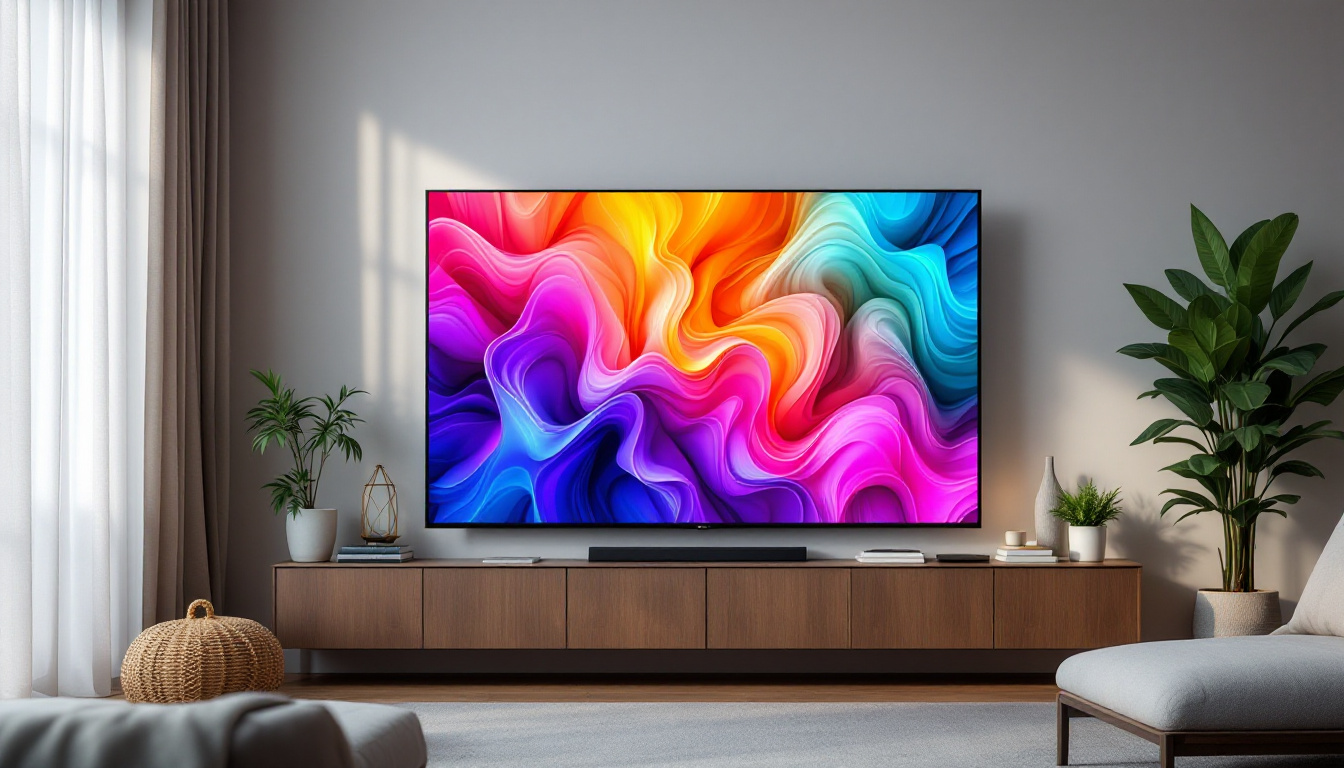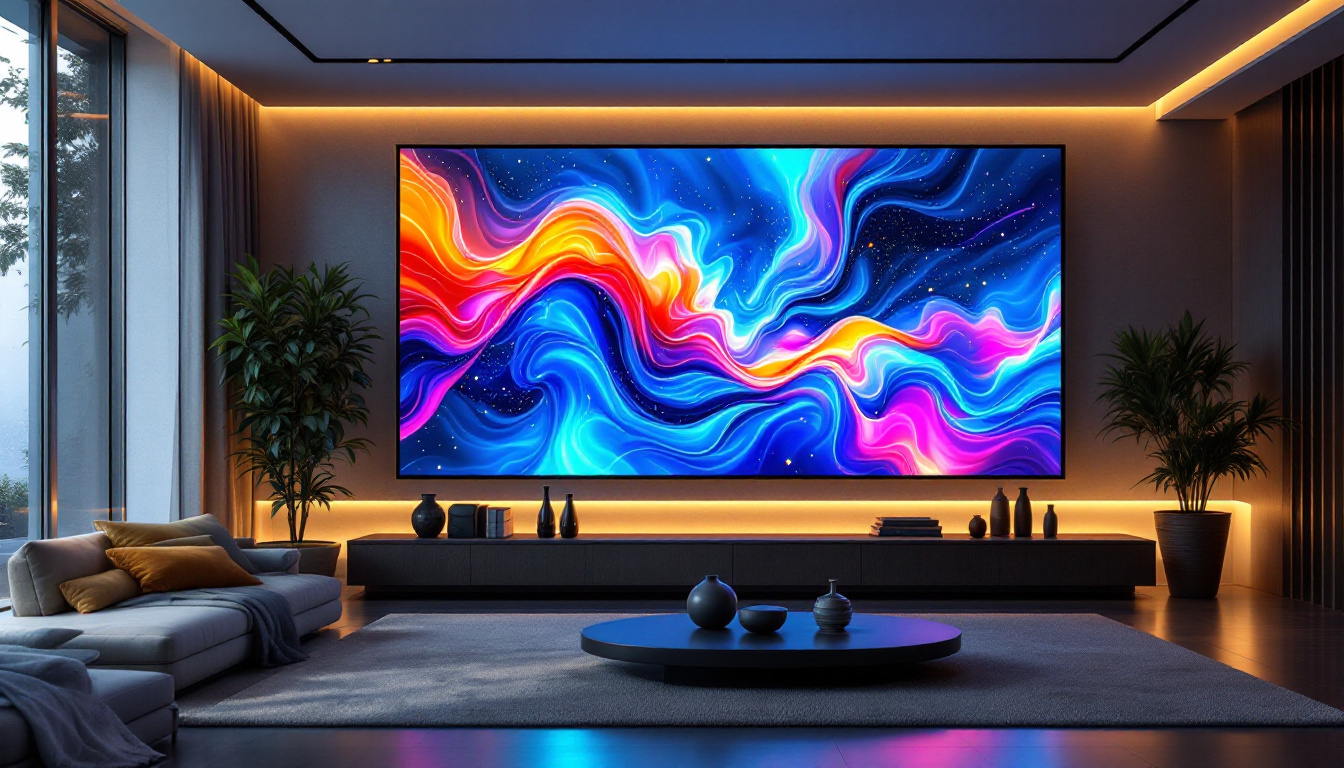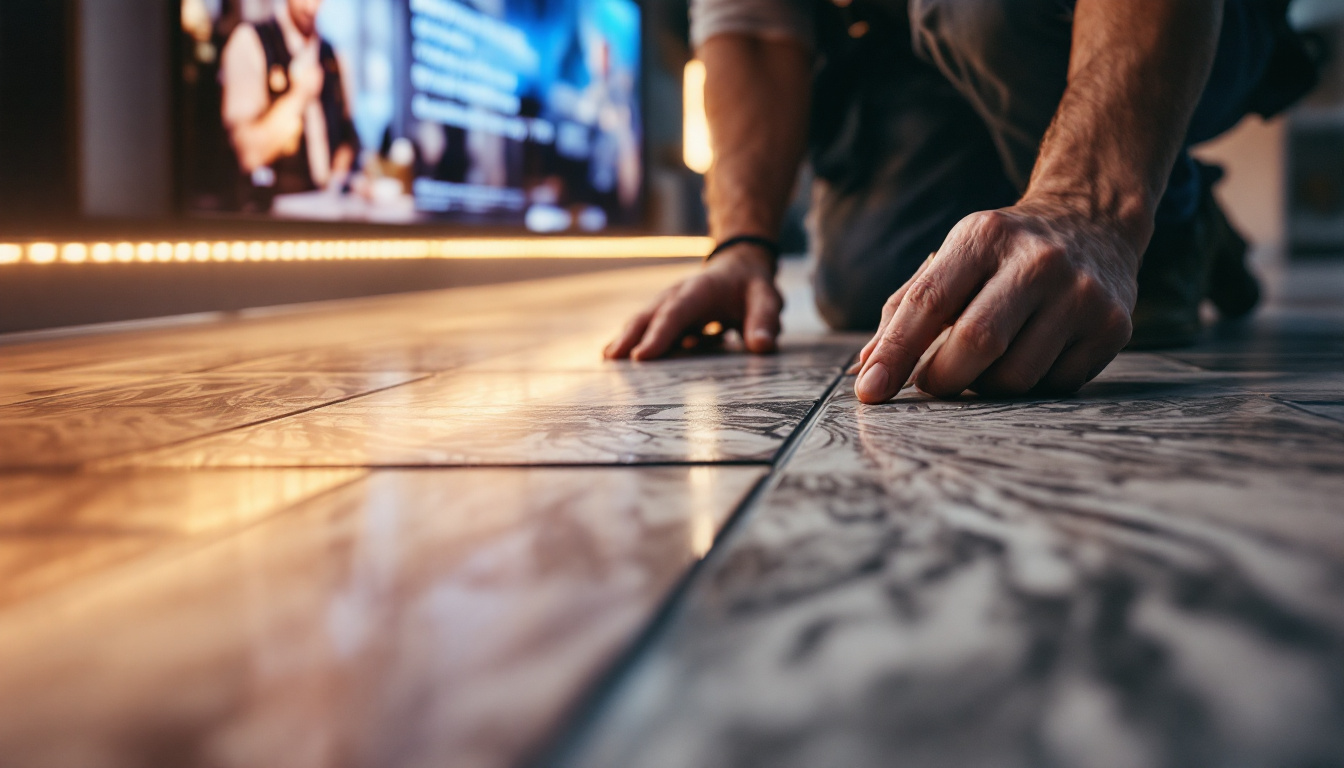In recent years, China has emerged as a leader in the development and implementation of advanced advertising technologies, particularly in the realm of 3D billboards. These innovative displays have captivated audiences with their stunning visuals and immersive experiences. This article delves into the intricacies of 3D billboards, focusing on the technology behind LED displays, their applications, and the impact they have on advertising.
Understanding 3D Billboard Technology
3D billboards utilize a combination of advanced LED technology and creative design to create visually striking advertisements that appear to leap out at viewers. Unlike traditional flat billboards, these displays employ depth perception techniques, which can create the illusion of three-dimensionality. This section will explore how this technology works and what makes it so effective.
The Basics of LED Displays
LED, or Light Emitting Diode, displays are made up of numerous small diodes that emit light when an electric current passes through them. This technology allows for bright, vibrant colors and high contrast ratios, making LED displays ideal for outdoor advertising. The modular nature of LED screens also means they can be configured into various shapes and sizes, allowing for creative freedom in design.
In the context of 3D billboards, LED displays can be arranged to create multiple layers, enhancing the perception of depth. This layering effect is achieved through careful programming and design, where images are manipulated to give the illusion of three-dimensional objects. As a result, viewers are often drawn in, captivated by the visual spectacle. The brightness and clarity of LED technology ensure that these advertisements remain effective even in bright sunlight, making them a popular choice for high-traffic areas.
Creating the 3D Illusion
To create the illusion of depth, designers utilize several techniques, including stereoscopic imaging and motion graphics. Stereoscopic imaging involves presenting two slightly different images to each eye, mimicking the way human vision perceives depth. When combined with motion graphics, this technique can produce dynamic visuals that appear to move and change as viewers walk past the display.
Moreover, the use of augmented reality (AR) can further enhance the experience. By integrating AR technology, advertisers can create interactive experiences that engage viewers on a deeper level, allowing them to interact with the display through their smartphones or other devices. This not only captures attention but also encourages audience participation. For instance, viewers might be able to point their phones at the billboard to unlock additional content, such as videos or special promotions, creating a more immersive advertising experience that blurs the lines between the digital and physical worlds.
In addition to AR, the integration of sound can also amplify the impact of 3D billboards. By incorporating audio elements that sync with the visual display, advertisers can create a multi-sensory experience that further captivates the audience. This approach can evoke emotions and reinforce brand messaging, making the advertisement not just a visual spectacle but a memorable experience that resonates with viewers long after they’ve walked by. As technology continues to evolve, the potential for 3D billboards to incorporate various sensory elements will only expand, pushing the boundaries of traditional advertising and engaging consumers in innovative ways.
Applications of 3D Billboards
The versatility of 3D billboards has led to their adoption in various sectors, from retail to entertainment. Their ability to attract attention makes them an effective tool for businesses looking to stand out in a crowded marketplace. Below are some of the key applications of 3D billboards.
Retail Advertising
In the retail sector, 3D billboards have become a popular choice for promoting products and sales. Their eye-catching designs can draw potential customers into stores, significantly increasing foot traffic. For instance, a 3D billboard advertising a new sneaker release might feature the shoes appearing to bounce off the screen, enticing passersby to check them out in person.
Additionally, retailers can use these displays to showcase seasonal promotions or limited-time offers, ensuring that their messages resonate with consumers. The dynamic nature of 3D billboards allows for quick updates, making it easy for businesses to adapt their advertising strategies in real-time.
Entertainment and Events
The entertainment industry has also embraced 3D billboards, using them to promote movies, concerts, and festivals. Large-scale displays in high-traffic areas can create buzz and excitement around upcoming events. For example, a blockbuster film might utilize a 3D billboard that features characters from the movie appearing to leap off the screen, creating a sense of urgency and anticipation.
Moreover, event organizers can use 3D billboards to provide information about schedules, ticket sales, and other essential details. This not only enhances the overall experience for attendees but also serves as a powerful marketing tool.
Public Awareness Campaigns
3D billboards are also effective for public awareness campaigns, particularly those focused on social issues or health initiatives. Their ability to convey complex messages in an engaging manner makes them suitable for educating the public. For instance, a campaign promoting road safety might feature a 3D animation of a car stopping suddenly, emphasizing the importance of wearing seatbelts.
Such campaigns can reach a broad audience, as 3D billboards are often placed in high-visibility areas. The memorable visuals can leave a lasting impression, encouraging individuals to take action or change their behavior.
The Impact of 3D Billboards on Advertising
The rise of 3D billboards has transformed the advertising landscape, providing brands with new opportunities to connect with their audiences. The unique features of these displays have led to several significant impacts on the industry.
Increased Engagement
One of the most notable impacts of 3D billboards is the heightened level of engagement they generate. Traditional advertising methods often struggle to capture attention in a world saturated with visual stimuli. However, the dynamic and interactive nature of 3D displays can effectively break through the noise, drawing viewers in and encouraging them to interact with the content.
Studies have shown that audiences are more likely to remember advertisements that utilize 3D technology compared to traditional formats. This increased retention can lead to higher conversion rates, making 3D billboards a valuable investment for brands.
Enhanced Brand Perception
Utilizing cutting-edge technology like 3D billboards can enhance a brand’s perception in the eyes of consumers. Companies that invest in innovative advertising methods are often viewed as forward-thinking and creative, which can foster positive associations with their products or services.
Moreover, the unique nature of 3D billboards can create a sense of exclusivity, making consumers feel like they are part of something special. This emotional connection can translate into brand loyalty, as customers are more likely to choose brands that resonate with them on a deeper level.
Challenges and Considerations
Despite their many advantages, 3D billboards are not without challenges. The complexity of creating these displays requires skilled designers and technicians, which can increase production costs. Additionally, maintaining the technology can be resource-intensive, particularly for large-scale installations.
Furthermore, there are regulatory considerations to keep in mind. Local laws may dictate where and how billboards can be displayed, and advertisers must ensure they comply with these regulations. Balancing creativity with compliance is essential for successful campaigns.
The Future of 3D Billboards
The future of 3D billboards looks promising, with ongoing advancements in technology and design. As LED technology continues to evolve, the possibilities for creating even more immersive experiences will expand. This section will explore some of the trends and innovations shaping the future of 3D advertising.
Integration with Smart Technology
As smart technology becomes increasingly prevalent, integrating 3D billboards with IoT (Internet of Things) devices could revolutionize advertising. Imagine a scenario where a 3D billboard adapts its content based on real-time data, such as weather conditions or audience demographics. This level of personalization could significantly enhance the effectiveness of advertising campaigns.
For instance, a 3D billboard promoting ice cream could display vibrant visuals on a hot day, while showcasing warm beverages during colder months. This adaptability would not only capture attention but also resonate with consumers on a personal level.
Augmented Reality and Virtual Reality
The integration of augmented reality (AR) and virtual reality (VR) with 3D billboards is another exciting trend on the horizon. By allowing viewers to interact with the display through their smartphones or AR glasses, advertisers can create truly immersive experiences. This could include virtual try-ons for clothing or interactive games related to a brand’s products.
Such experiences can deepen consumer engagement, making advertising not just a passive experience but an interactive journey. As technology continues to advance, the line between digital and physical advertising will blur, creating new opportunities for brands to connect with their audiences.
Environmental Considerations
As the world becomes more environmentally conscious, the advertising industry is also taking steps to reduce its carbon footprint. Future 3D billboards may incorporate sustainable materials and energy-efficient technologies, such as solar-powered LED displays. This shift not only meets consumer demand for environmentally friendly practices but also aligns with global sustainability goals.
Moreover, brands that prioritize sustainability in their advertising efforts can enhance their reputation and attract eco-conscious consumers. By embracing environmentally responsible practices, advertisers can demonstrate their commitment to social responsibility.
Conclusion
Chinese 3D billboards represent a fascinating intersection of technology, creativity, and marketing. As the advertising landscape continues to evolve, these displays are poised to play an increasingly significant role in capturing consumer attention and driving engagement. With their ability to create immersive experiences, 3D billboards offer brands a unique opportunity to connect with audiences in meaningful ways.
As advancements in technology pave the way for even more innovative applications, the future of 3D advertising looks bright. By embracing these developments and adapting to changing consumer preferences, brands can ensure they remain at the forefront of this dynamic industry. The journey of 3D billboards is just beginning, and their impact on advertising will undoubtedly continue to grow.
Explore the Future of Advertising with LumenMatrix
Ready to elevate your brand’s presence and captivate your audience like never before? Discover LumenMatrix’s innovative LED display solutions, where cutting-edge technology meets creative vision. From Indoor and Outdoor LED Wall Displays to specialized options like Vehicle, Sports, and Custom LED Displays, LumenMatrix offers a diverse range of products designed to make your message shine. Embrace the power of immersive visual experiences and join the forefront of advertising evolution. Check out LumenMatrix LED Display Solutions today and transform the way you engage with your audience.

